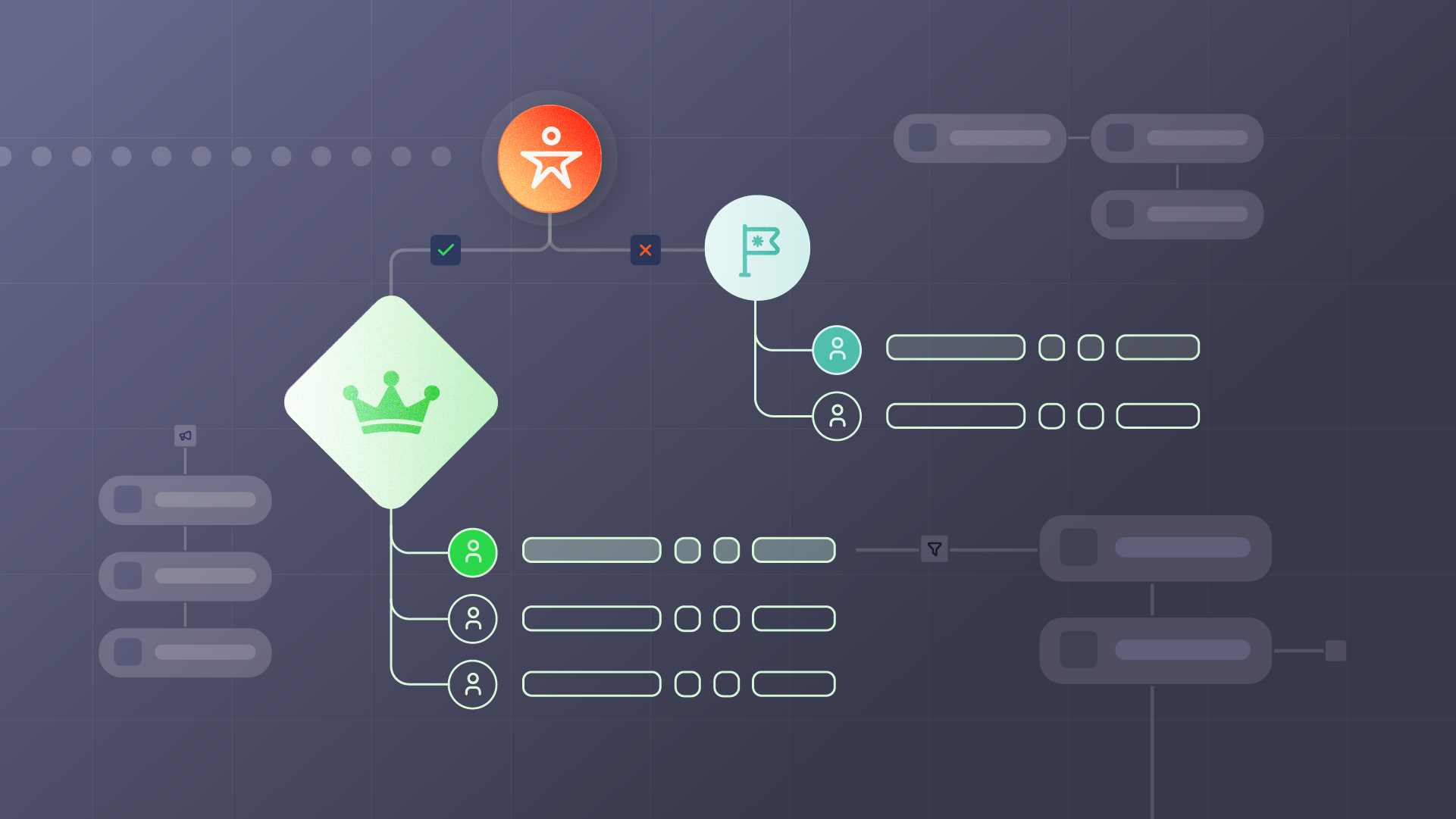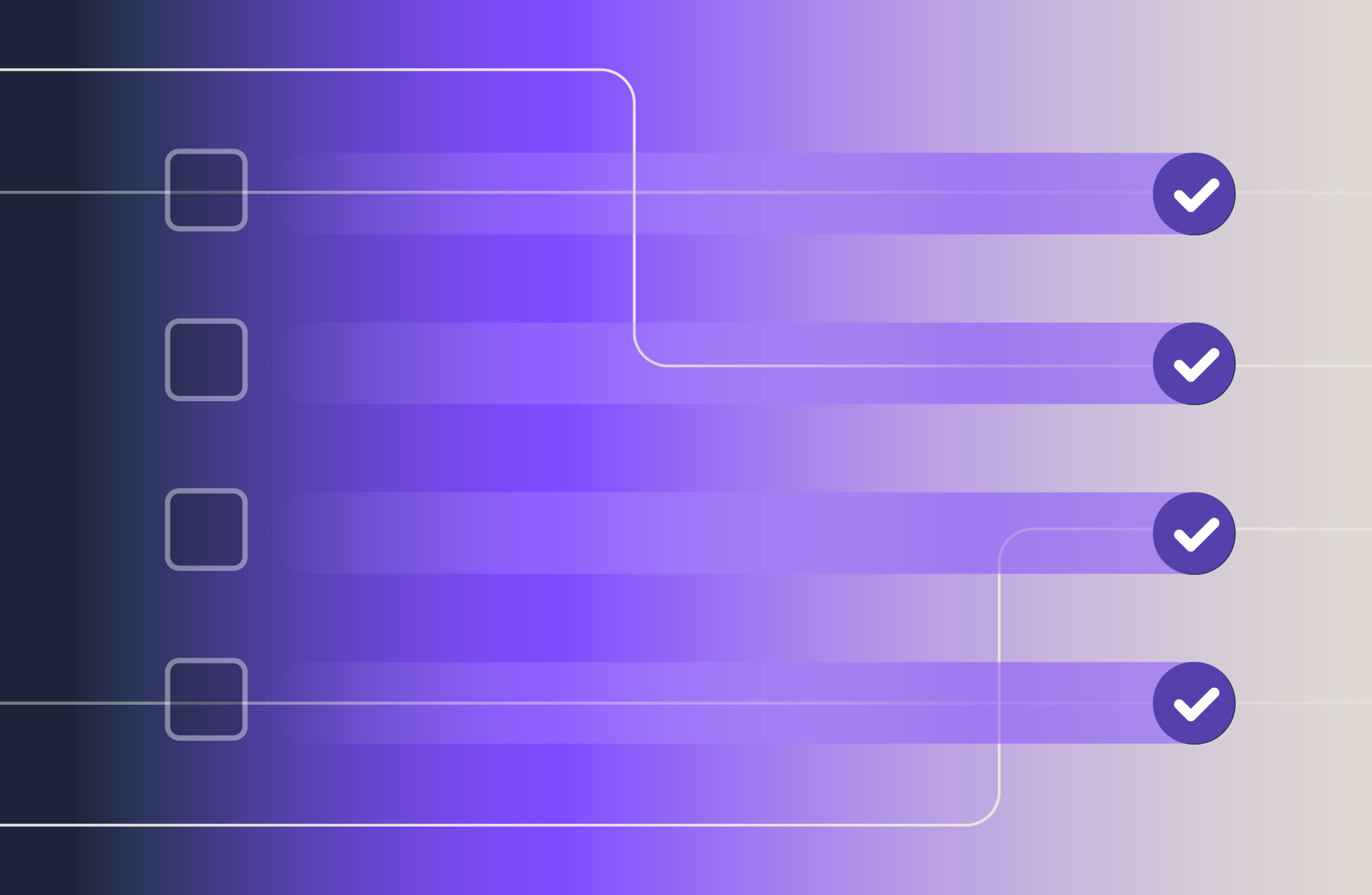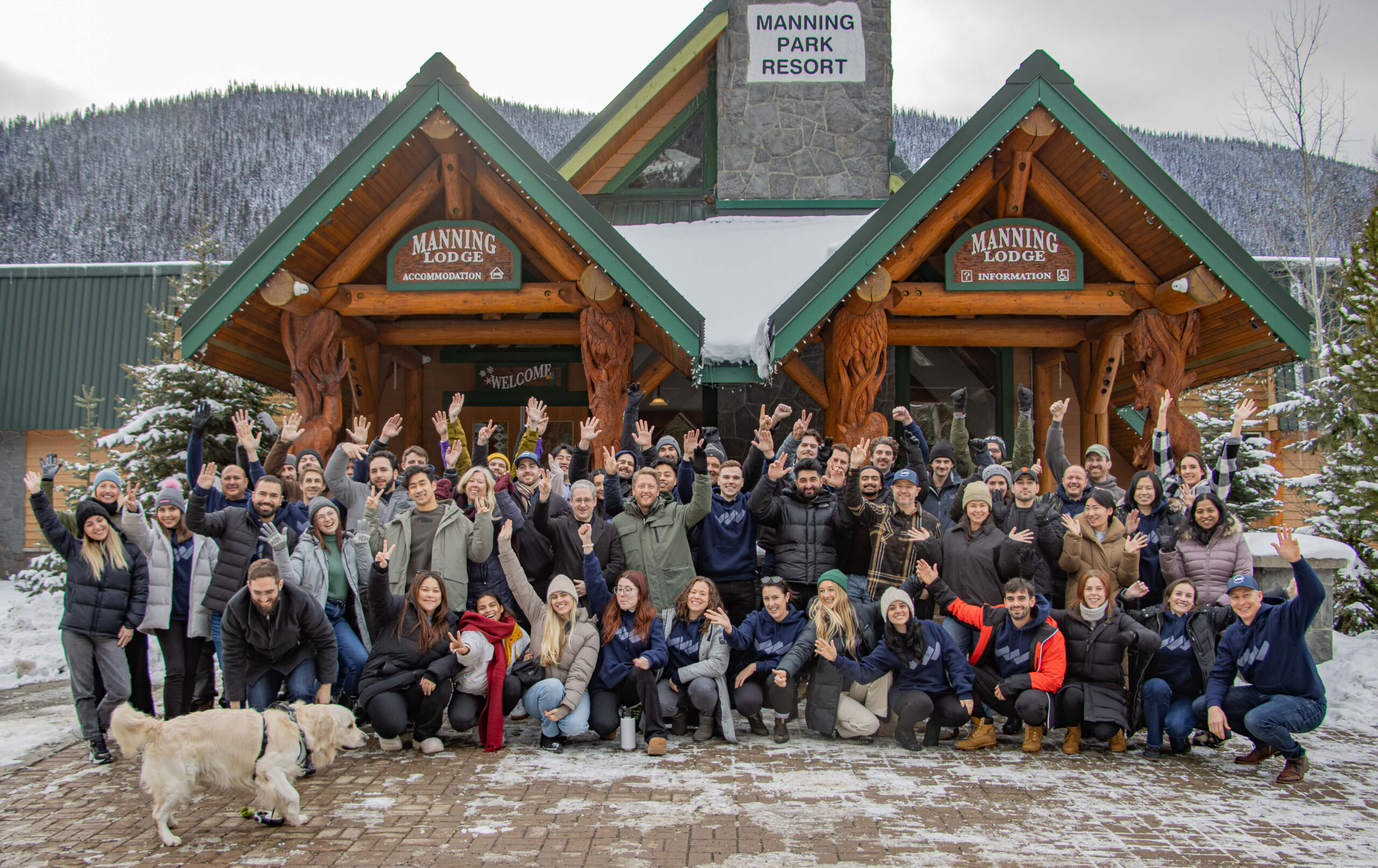Introduction
Operations and marketing leaders are always on a mission to optimize the customer journey and replicate successful marketing and sales motions. This includes understanding what activities, campaigns, and content play a role in convincing buyers to work with you over the competition.
But, before you can examine the data in the customer journey, you first need to know who took that journey.
Enter opportunity contact roles in Salesforce.
The opportunity contact role field is a valuable tool. Far too often, however, revenue operations and marketing only find one contact associated with an opportunity. In a world where the typical buying group for a B2B solution involves six to ten decision-makers (according to Gartner), this means you’re missing a large part of the story.
To ensure your marketing and revenue operations teams have access to the full picture, we’ll show you how you can automate the creation of contact records in Salesforce using Gong and Complete Leads.
You might also like:
- 3 Salesforce sales processes stopping you from selling more
- Everything you need to know about Salesforce Flow builder vs. lead routing tools
- What is a relationship map in Salesforce (and why you need one)
What is the opportunity contact role field in Salesforce?
The opportunity contact role in Salesforce is used to track which contacts are involved in an opportunity. This can include the roles of being a decision maker, evaluator, influencer, business user, partner, etc.
Beneath the surface, the opportunity contact role is a critical piece of data in Saleforce’s data model. The opportunity contact role creates a link between contacts and opportunities – two objects that are normally disconnected from each other.
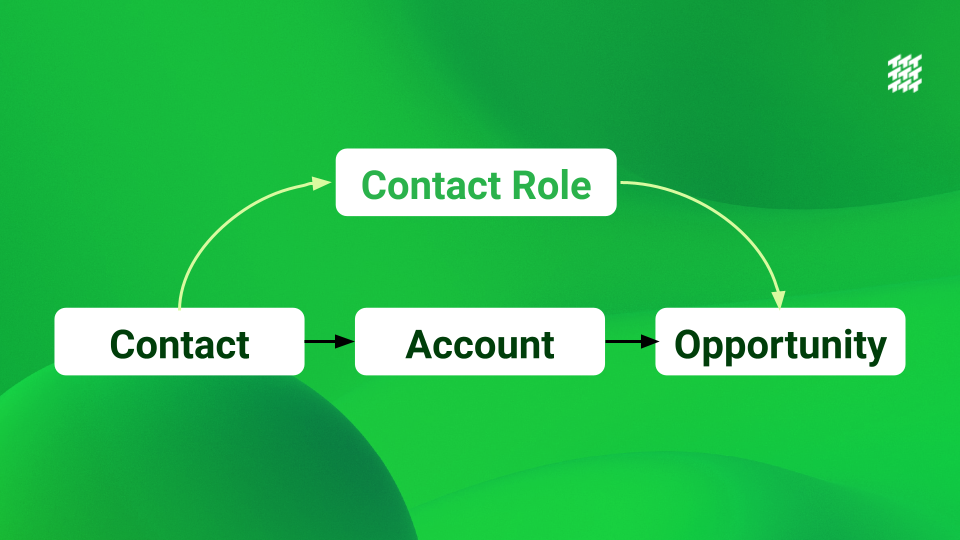
This link is critical because marketing teams are always working at the lead or contact level for campaigns. However, they need a way to tie their efforts to revenue results that are found at the opportunity level.
For example, if the marketing team at ACME Inc. hosted an executive dinner that cost $1,000 per attendee, they need to know if that even helped influence the successful close of a $100,000 opportunity weeks later.
Why is it hard to report on the opportunity contact role field in Salesforce?
Sales reps are drowning in administrative work. Salesforce’s 2023 Trends in Sales Operations report found the average sales rep spends 72% of their week on non-selling activities.
That time includes manually entering customer and sales information and administrative tasks.
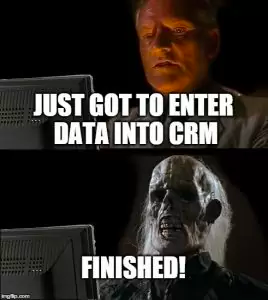
On top of that, the contact role view in Salesforce provides little value to reps. Spending time filling in a flat list of names, titles, contact details, and roles to never be visited again is often viewed as unnecessary administrative work.
How to improve the usage of the opportunity contact role field
Articles like Salesforce Ben recommends 5 ways to enforce opportunity contact roles including training, validation rules, apex, and custom packages.
While these methods are effective from an operational perspective, they don’t overcome the issue of taking time away from sales teams and still leave reps with a one-dimensional view of the buying committee.
In the tutorial below, we’ll show you how Traction Complete’s sales operations team has automated the addition of contacts to Salesforce using Gong and helps reps get value out of the opportunity contact role field.
What you’ll need:
- Salesforce Sales Cloud
- Gong
- Complete Leads by Traction Complete
- Complete Influence by Traction Complete
The Process
1. Download the Gong for Salesforce App on AppExchange and follow the documentation to connect Salesforce to Gong.
Once integrated, every call in Gong will be captured as a custom object called Conversations. Each conversation in Salesforce includes:
- Link to Opportunity
- Link to Account
- Link to Contacts that already exist in your org
- Content that was discussed (i.e. pricing, etc.)
- Interaction stats (i.e. interactivity, talk ratio, etc.)
- Participant list
2. Configure a Flow in Complete Leads that matches Gong participants to Leads and Contacts in Salesforce, and if no match is found, automatically creates a new contact record and link it to the opportunity.
3. Once the new contact is added to the account and opportunity, it will become available in Complete Influence for relationship mapping.
Conclusion
This process eliminates the burden of manual data entry for sales reps and allows them to visualize who they need to talk to, who they’ve engaged with, what role they play, and what level of influence they have.
Even better, every time a change is made in Complete Influence, such as the opportunity contact role field, the change is automatically pushed to the contact record.
Less admin work for sales reps. More opportunities influence insights for marketing and revenue operations. It’s a win-win.



